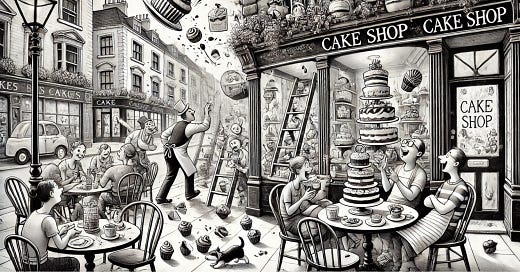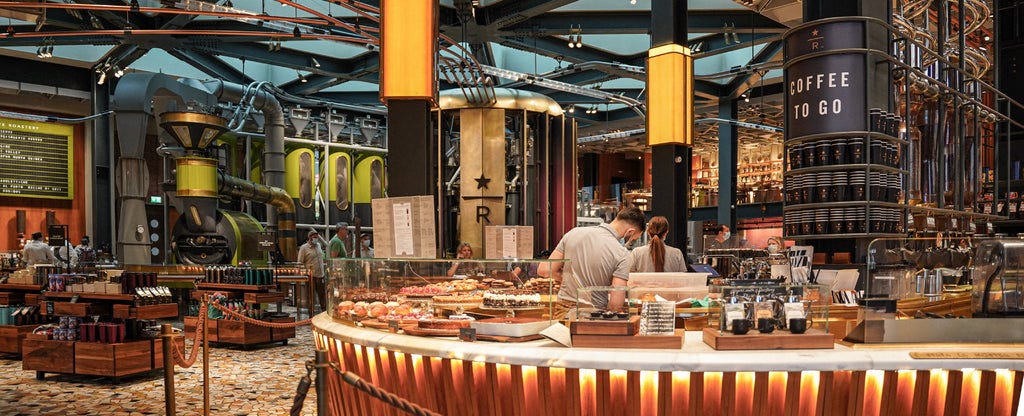In the world of venture capital, there’s a term often used to describe whether a company has created a product that has gained traction within a specific market, or in other words, has been adopted by a specific market. Not only does this mean that a company has tackled a specific market. It means that market is reflective of the general market it’s ultimately trying serve. It means they have won over their target market with money in the bank—consistent revenue generated by meeting customer needs.
This is called Product Market Fit (PMF).
When investors and founders talk about PMF, they often focus almost exclusively on the product or the technology behind it and why it’s important for the end customer. Build a good product, the thinking goes, and customers will come. But is that the full picture?
Let’s take a step back and ask: What is true product-market fit? You can have the most groundbreaking invention or idea, but if it doesn’t find a market, it doesn’t matter—you’ll never secure the funding needed to scale. I’ve seen amazing startups in AI, deep-tech, or fin-tech, but when you dig deeper, cracks begin to appear in the markets they’re trying to serve. Meanwhile, brick-and-mortar businesses—like chocolate, bubble gum, coffee, or shoes—often stand out with strong, growing, and consistent sales. At the end of the day, what truly matters is money in the bank and its consistency.
But even if you do find a market and your sales are consistent, it raises another question: Is it the optimal consistency of sales? Is it really a true fit?
Consider a cake shop as an example. The product might be excellent—featuring the most amazing icing, unique flavors, and toppings that no other cake shop can replicate. Initially, it performs well and gains traction, with sales climbing steadily over six months. The owner observes this growth and, as sales stabilize at a mature level, believes true product-market fit has been achieved. Confident in this success, the owner decides to put the business on auto-pilot and shift focus to other ventures, assuming the shop has reached optimal product-market fit.
A few months later, another cake shop opens just a few blocks away. Their cakes aren’t great—poor-quality icing and flour, inconsistent flavors, and cheap equipment. Confident in his superior product, he dismisses the competition, believing they won’t take any business away from him.
But after a few weeks, he notices his sales starting to drop. Curious, he visits the new shop and is shocked to see a line stretching across the block, with people eager to get in. Inside, he observes friendly staff, lively music, and the irresistible aroma of cake piercing through the neighborhood, uplifting the entire area. To his surprise, he even sees a staff member walking an elderly woman down the block with an umbrella as it drizzles.
He tries their cake and confirms it’s nowhere near the quality of his own. So why is everyone flocking to this new shop? He starts to realize it’s not just about the cake. It’s the experience—the smell, the warmth, the friendly staff, and the small, thoughtful gestures. His assumption that the best cake guarantees success is flawed. It’s not just the product; it’s everything else that makes the cake shop special. He knows he needs to rethink his approach.
This is an example of what happens in real life and why competition can be a good thing for communities.
Why do you choose to eat at a restaurant? Is it solely because the food is good, or because the overall experience is enjoyable? Personally, I’d prefer a comfortable place with excellent service and decent food over an uncomfortable spot with poor service, even if it had the most outstanding burgers.
I call this Product-Service Fit (PSF). It is not just the product that needs to fit; it is also how companies serve the product that matters. Some might argue, “Well, there are other aspects besides service, such as ambiance, smell, branding, etc.” I believe these all fall under the umbrella of service.
Being able to serve means you are capturing all senses of the customer: capturing what they see, what they hear, what they touch, what they taste and what they smell. The best companies excel at this, and it is the ultimate way to differentiate.
In emerging markets such as the Philippines, this approach is typically seen only in the mid-to-upper market segments. Think of Starbucks, Tiffany’s, Omega, Zara, etc. In countries with a GDP per capita below $5,000, these brands cater to a smaller, more affluent audience. But what about the rest of the much larger market?
There is a big gap in the total product offering for the larger and less affluent segment of the population, and this becomes obvious when you spend time in emerging cities within developing economies. At the end of the day, we are all human, and we all value being served well, regardless of our demographic profile.
I’ve come across coffee shops with small tables, no internet, and amazing coffee, but I never want to go back. What I need is a spacious ambiance, a conveniently placed power outlet for my laptop, the perfect air-con temperature, and clean bathrooms. That’s why I often end up at cafes with mediocre coffee but the perfect space and atmosphere. I may not be representative of the whole population, but I am pretty sure others would want this as well.
I was at a VC firm’s AGM over the weekend and we had breakout sessions about different topics, and one of them was Product Market Fit. We all had a chance to share with the room whether we believed our product has achieved PMF. I am in the bread business serving the Philippine mass market (manufacturing and retail), far from the high flying tech companies found in the typical VC portfolio. As I was getting ready with my answer, I had trouble being able to justify whether we truly achieved PMF. Not only that, I felt lost trying to articulate why something as simple as bread can achieve the PMF that most investors envision. Sure we are selling bread through a network of stores and the sales are consistent, but does that mean I achieved true PMF? I then realized what makes our business unique and differentiated. In the food retail space, your product is beyond just the piece of bread. It is the whole experience of the customer that matters. As Will Guidara says “Fads fade and cycle, but the human desire to be taken care of never goes away.”
Take Starbucks, for example. It was considered to be at the pinnacle of success and product market fit, and they laid the framework for consistent hospitality. Every cup was labelled with your name, you were greeted with a smile, smart and energic staff, well dressed, and in a pleasant and fully furnished atmosphere. This was what people call the ideal “third place”. If you ask any coffee aficionado, he will tell you that Starbucks probably has the worst coffee. But that doesn’t matter, everything compensated for it to the point where it became unstoppable.
Starbucks Reserve in Milan (picture source)
Then early this year sales started to decline. The product—the coffee—hasn’t fundamentally changed, but the experience has. Complaints about service, wait times, and atmosphere have crept into the narrative due to online sales crowding out store walk-ins. Complex menus resulted in long prep times. Starbucks isn’t just selling coffee; it’s selling a promise: a cozy, welcoming environment where you can work, relax, or catch up with friends while grabbing your coffee to go as an option. When service falters or ambiance declines, the entire equation falls apart, that is part of the reason of their decline in recent years.
(Picture source)
You can read more about Starbucks’ recent challenges here. It’s an interesting read.
Businesses that excel don’t treat the product and the service as separate. They integrate them seamlessly. Product-market fit might get customers in the door, but Product-service fit keeps them coming back.
So the next time you think about product-market fit, ask yourself: Are we selling a product, or are we selling an experience? Because for most businesses, the answer isn’t just one or the other—it’s both.
ABOUT THE AUTHOR
Keenan Ugarte is Managing Partner at DayOne Capital Ventures, an independent private holding company that invests in and builds high-growth, early-stage businesses that serve the underserved Philippine mass market. He is also the Co-Founder of The Independent Investor, a media platform spotlighting early-stage companies and innovation within the Philippine startup ecosystem.






